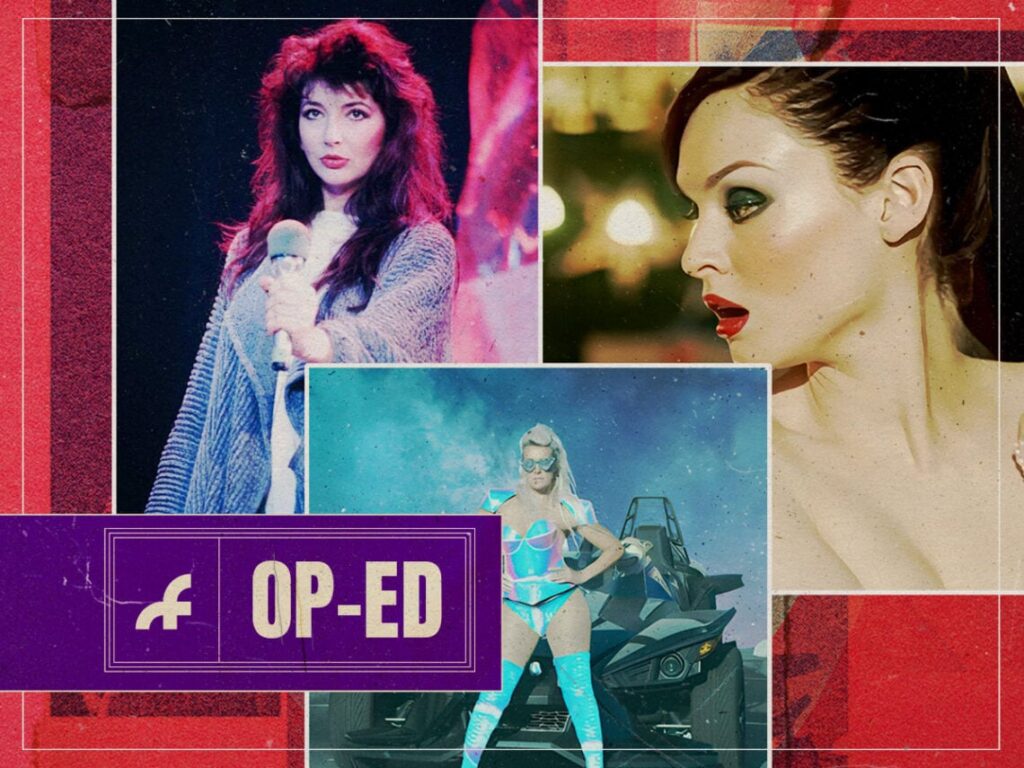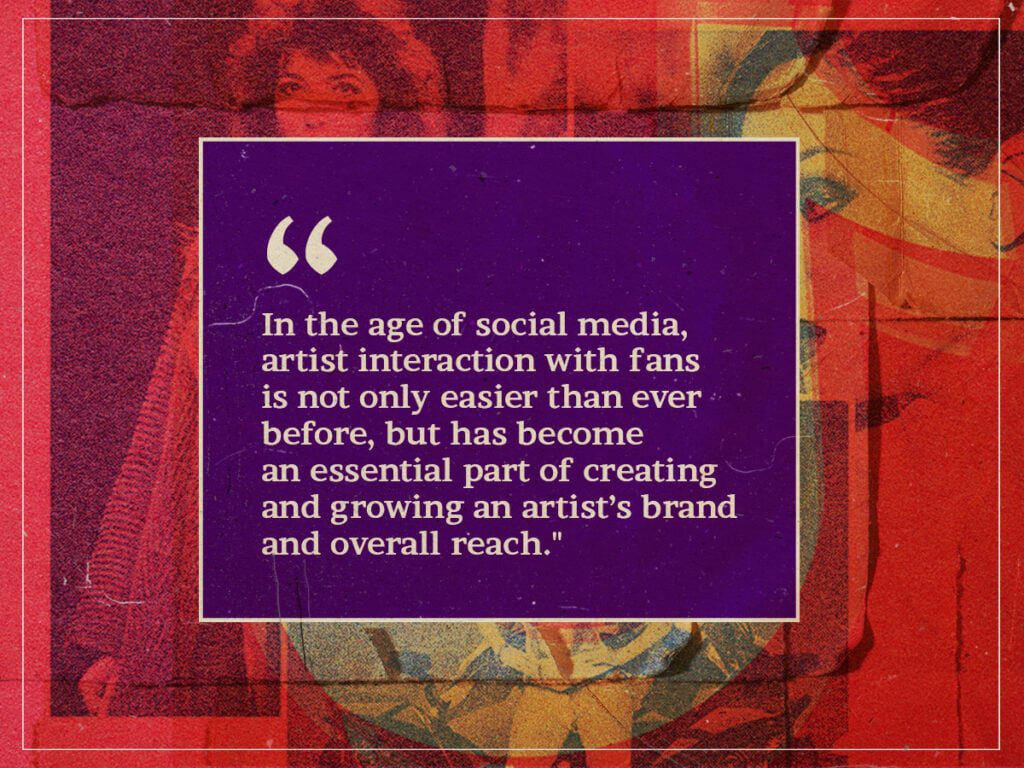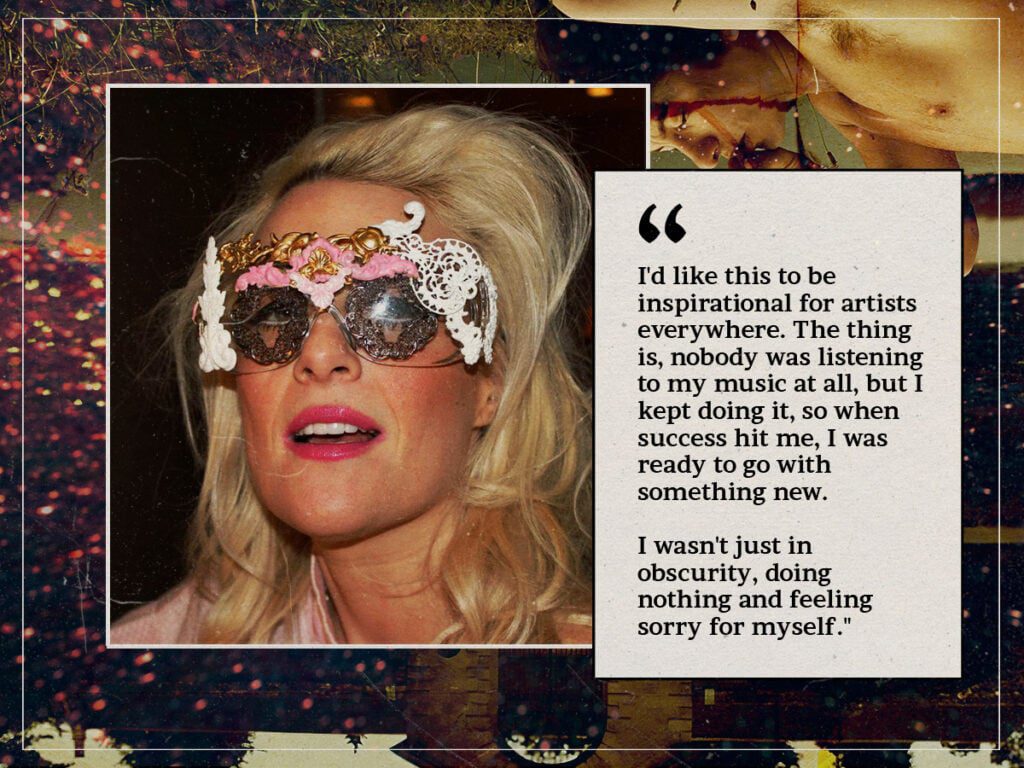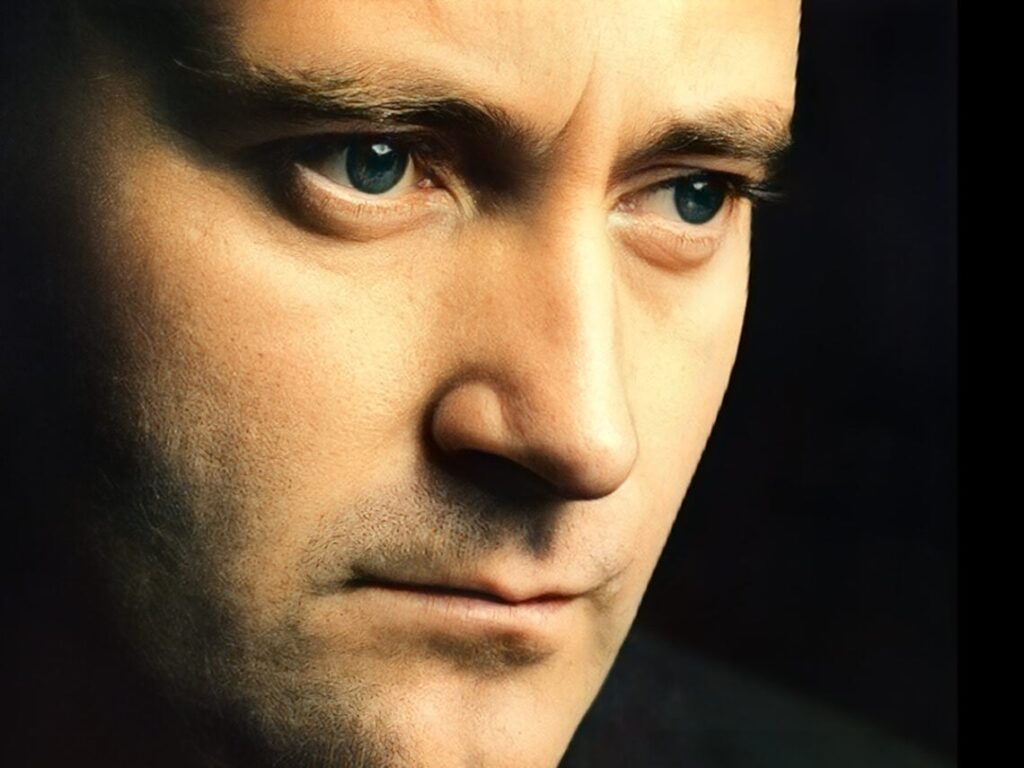Jack Melhuish of Parlophone Records explains the importance of music sync for musicians in the TikTok age
 Posted On
Posted On
(Credits: Far Out / Alamy / YouTube Still / Princess Superstar Records)
Recently, the musician James Blake spoke out about the impacts of social media on musicians. “Something I keep seeing is ‘if you’re lucky enough to go viral, just use the exposure to generate income some other way’. Musicians should be able to generate income via their music,” he said. ”Do you want good music, or do you want what you paid for?”
His gripe was that while music trending on social media might increase exposure, sometimes artists don’t see those gains. Yet, it is increasingly seen as a necessity to the point that it can hamstring creativity. Nevertheless, achieving virality has increasingly become a priority for many labels. Figures within the industry claim that it is a natural tool of organic marketing that is vital for artists to exploit in the age of streaming and social media.
So, with that in mind, we spoke to Jack Melhuish, a marketing consultant at Armada Music and Parlophone Records, to discuss just why labels are so keen on social media traction and what it provides for musicians. He provided us with the following op-ed on the matter…
“Music synchronisation, or sync, is by no means a new idea. But beloved tracks from yesteryear that have been featured in recent film and television series – most notably, Kate Bush’s ‘Running Up That Hill (A Deal with God)’ in Stranger Things and Sophie Ellis-Bextor’s ‘Murder on the Dancefloor’ and Mason vs. Princess Superstar’s ‘Perfect (Exceeder)’ in Saltburn – are finding new life on social media as a result of sync, in turn contributing to their global resurgence.
It’s clear that sync is already a powerful tool for music discovery and rediscovery, but what role does social media play in seeing these syncs realise even greater potential for the track and for the artist(s)?
Let’s go back to the previously mentioned example of Kate Bush’s ‘Running Up That Hill (A Deal with God)’. When it was released in 1985, the song peaked at 30 on the Billboard Hot 100 chart. Following its feature in the fourth season of Stranger Things in 2022, it managed to not only surpass its previous peak position but climb all the way to the number one spot.

Moreover, the song has been featured in millions of TikTok videos and saw an 8,700% increase in Spotify streams that year, according to Business Insider, and even made it into the Guinness Book of World Records for 1) the longest time taken for a single to top the Official UK Singles Chart, 2) the longest gap between chart-topping singles in the UK, and 3) for the oldest female artist to score a top hit. Bush herself also recognised how the Netflix series gave a “whole new lease of life” to the track.
While the success of ‘Running Up That Hill (A Deal with God)’ almost 40 years after its initial release will go down as a cultural phenomenon, it’s just one example of how the current landscape is fuelling the power of syncs to grow tracks exponentially through seemingly “overnight” social media virality.
More recently, the instant cult favourite Saltburn also acted as a vehicle for multiple 2000s-era tracks to re-emerge in pop culture. Each track experienced a significant boost following the film’s release, with ‘Murder on the Dancefloor’ reaching number two on the UK Top 40 nearly two decades after its original release, ‘Perfect (Exceeder)’ debuting in the top ten on the Billboard Hot Dance/Electronic charts 17 years after its original release, and MGMT’s ‘Time to Pretend’ garnering a 96% bump in streams.
Thanks to the popularity of the film, social media was flooded with discourse, which further propelled tracks to go viral on video-centric platforms like TikTok and Instagram. On TikTok, the film’s hashtag has garnered billions of views, with audio from tracks like ‘Murder on the Dancefloor’ and ‘Perfect (Exceeder)’ being used in the videos of millions of users around the world. For the artists behind these tracks, the resulting effects have been major.
Ellis-Bextor was invited to perform on The Tonight Show with Jimmy Fallon – marking her TV debut in the US – and at this year’s Baftas to perform her smash hit as a special guest. The newfound appreciation for ‘Perfect (Exceeder)’ also caught the eye of world-renowned DJ David Guetta, who produced and released a remix to the mash-up track in February of this year. Following its inclusion in Saltburn and the release of the Guetta remix, ‘Perfect (Exceeder)’ has doubled its total lifetime streams, peaking at one million daily.

The film’s shock factor sparked content creation across social platforms, ranging from admiration for the nostalgic soundtrack to banter around the film’s premise and controversial scenes. This unprecedented surge, especially at the time of release, provided an opportunity for strategic marketing efforts, bolstering the exponential impact of organic traction. By actively monitoring what is happening in real-time, it is possible to maximise the opportunity by harnessing existing trends and addressing any gaps.
The structure of creating and sharing on social media relies – much of the time – on trending audio clips. Where, on the one hand, trending songs or snippets can give way to broader cultural trends and widely-shared memes, for example, that allows users from all over the world to join in and share their take, tracks included in popular movies like Saltburn are often used in the background of film-related content as a way to boost the post or simply tie it back to the film. In today’s landscape, the widespread use of these audios on TikTok and Instagram is what propels the track to viral status, all drawn from a key moment in popular culture.
Without the sync and the top-speed propulsion mechanism of social media, the campaigns for these tracks back in the 2000s looked very different – and produced very different metrics of success (pre-TikTok, syncs were measured by the number of Shazams, for example). That said, it is crucial for labels and artists to closely monitor the latest on social media, exploring ways to leverage what is already happening organically. Nevertheless, syncs are being noticed as a creative way to help a track reach its next phase – old or new. When social media virality is harnessed correctly, artists can connect with new generations of listeners and breathe new life into their work.
Increased recognition and a growing social media following act as part of a positive feedback loop scenario: the artists, with a now unprecedented reach, are able to promote the track that brought new audiences to them, which increases streams, spreading more awareness of the track or the artist, which in turn drives new followers to their socials, and the cycle repeats. In the age of social media, artist interaction with fans is not only easier than ever before but has become an essential part of creating and growing an artist’s brand and overall reach.”
[embedded content]


